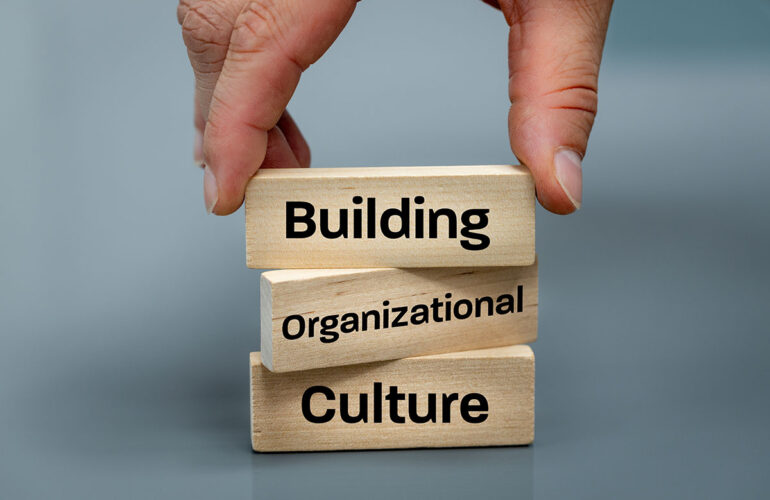Many organizations across the globe engage in a process called “culture change” in which they attempt to develop new company traits, norms, structures and behavioral patterns among employees. One approach taken by some leaders involves what they consider a top-down approach, meaning leadership creates the blueprints for culture change in the boardroom and mandates it company-wide. While this approach may work for some, lasting change may require small behavioral changes among employees working in the trenches.
Support for a Bottom-Up Approach to Culture Change
Although some culture change ideas may start at the top of the organization, to get significant employee buy-in, a commitment must be made to change their beliefs, the ways they work, their daily behaviors, and processes. Communication is necessary to explain why culture change is necessary and how it will successfully transform the workplace for the better. When the staff feels the need for change, is given tools to work with and forms a commitment to making change happen, there is a greater chance for success.
Reasons for Culture Change
While the reasons for culture change are limitless, several common themes arise among most companies that strive to change their culture. A relatively short list of reasons includes the following:
- Damaged reputation
- High employee turnover
- Poor services
- Lackluster customer service
- Unethical practices
- Poor employee relations
- Loss of competitiveness
And, the list goes on. Some companies will initiate culture change during mergers or acquisitions. Others will begin efforts when new leadership is brought in. Technology itself may be the driver behind culture change for some organizations. Regardless of the reason, for real and lasting change to occur, the vast majority of employees should be onboard and dedicated.
Final Thoughts on Culture Change Begins with Personal Change
Culture change is a very broad concept as well as an interesting one, because the very concept itself, is a paradox. On one hand, culture change can be difficult and challenging, while on the other, culture is always in flux and ever-evolving. Some companies may try to impose change on their staff from the top-down, and in some cases, this may work. A better, more effective way to make lasting change is to get the majority of employees to see the value in it, become important agents for it, and become the change itself.

